Home>Gardening & Outdoor>Plant Care & Gardening Tips>How To Propogate Marsh Marigold Wildflower
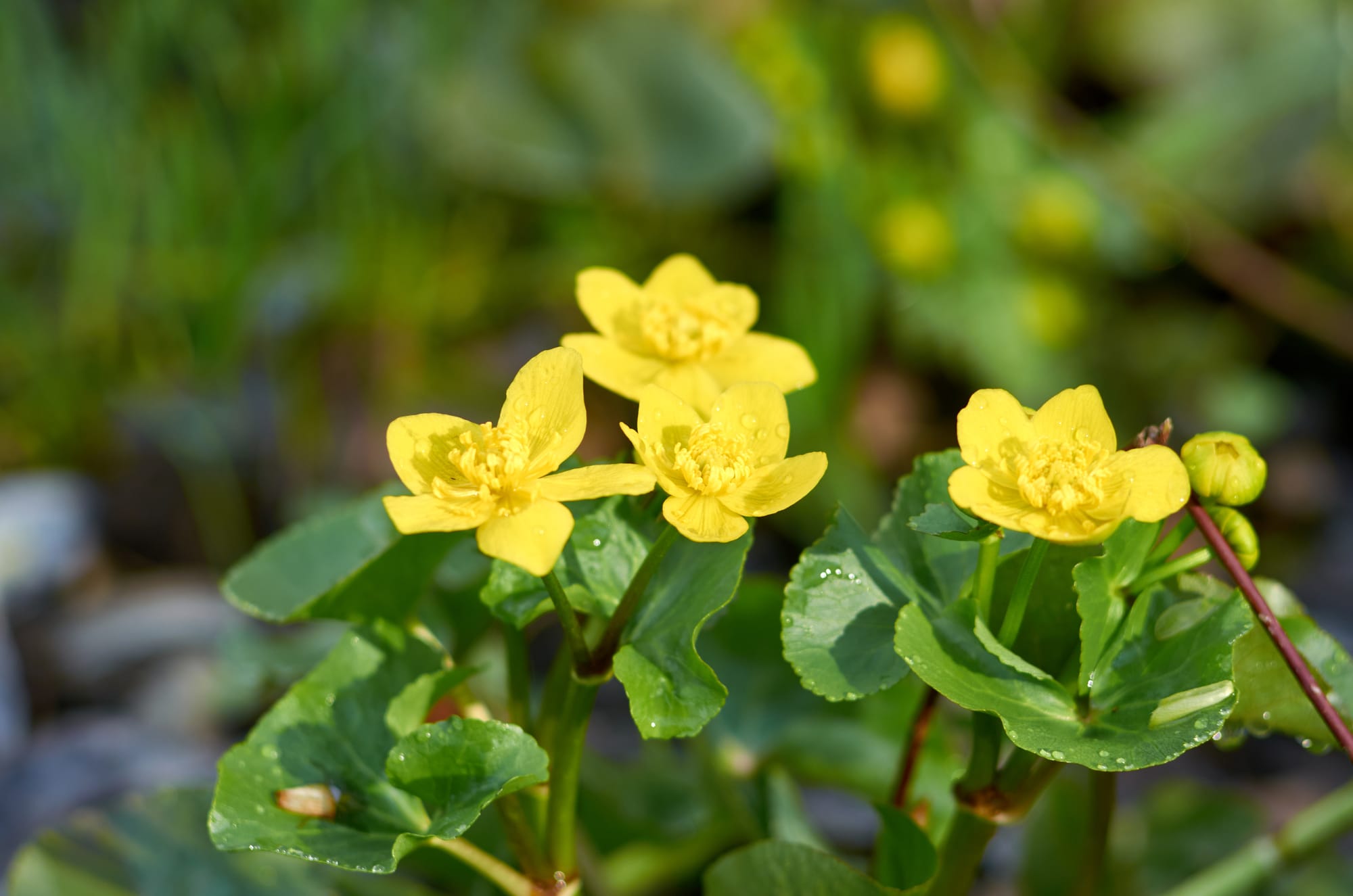

Plant Care & Gardening Tips
How To Propogate Marsh Marigold Wildflower
Published: December 24, 2023
Learn how to propagate marsh marigold wildflowers with our expert plant care and gardening tips. Discover the best methods for successful propagation.
(Many of the links in this article redirect to a specific reviewed product. Your purchase of these products through affiliate links helps to generate commission for Storables.com, at no extra cost. Learn more)
Introduction
Welcome to the enchanting world of marsh marigold, a delightful wildflower that graces wetlands, pond margins, and stream banks with its vibrant yellow blooms. This captivating plant, also known by its scientific name Caltha palustris, is a sight to behold, adding a pop of color to its natural habitat. Whether you're a seasoned gardener or a nature enthusiast seeking to bring the beauty of marsh marigold into your garden, understanding its propagation methods is key to successfully cultivating this stunning wildflower.
In this comprehensive guide, we'll delve into the fascinating realm of marsh marigold propagation, exploring various methods to propagate this charming plant. From division to seed propagation and stem cuttings, we'll uncover the secrets to nurturing new generations of marsh marigold. Additionally, we'll discuss essential care tips to ensure the thriving growth of marsh marigold seedlings, empowering you to cultivate and enjoy the splendor of these radiant wildflowers in your own outdoor oasis.
Join us on this horticultural journey as we unlock the art of propagating marsh marigold, celebrating its allure and sharing the joy of cultivating this captivating wildflower. Whether you're a novice gardener or a green-thumbed aficionado, this guide is designed to equip you with the knowledge and skills needed to propagate and care for marsh marigold, enriching your gardening experience with the vibrant beauty of this remarkable plant.
Key Takeaways:
- Propagating marsh marigold is an exciting journey that allows you to create new plants through division, seed propagation, or stem cuttings, adding vibrant beauty to your garden while celebrating the marvels of plant growth.
- Caring for marsh marigold seedlings involves providing essential elements like water, light, and nutrients, nurturing them into flourishing plants that grace the garden with their radiant blooms and lush foliage, deepening your appreciation for the natural processes of plant growth.
Read more: How To Plant Marigold Seed
Understanding Marsh Marigold
Before delving into the propagation methods for marsh marigold, it’s essential to gain a deeper understanding of this charming wildflower. Marsh marigold, scientifically known as Caltha palustris, is a herbaceous perennial plant that belongs to the buttercup family, Ranunculaceae. It is native to many regions across the Northern Hemisphere, where it thrives in moist, boggy habitats, such as marshes, wet meadows, and the banks of streams and ponds.
One of the most striking features of marsh marigold is its vibrant yellow flowers, which typically bloom in early spring, adding a burst of color to the landscape. The flowers are characterized by bright, glossy petals and a prominent cluster of yellow stamens at the center, creating a visually stunning display. The lush, dark green foliage of marsh marigold complements its radiant blooms, forming a verdant backdrop that enhances its overall appeal.
Marsh marigold is not only admired for its aesthetic qualities but also valued for its ecological significance. Its presence provides essential habitat and food for various wildlife, including pollinators like bees and butterflies. Furthermore, the plant has a rich history of medicinal and culinary uses, although it’s important to note that marsh marigold contains toxic compounds and should not be ingested without proper knowledge and precautions.
As a garden plant, marsh marigold adds a touch of wild, natural beauty to water features, bog gardens, and other moist areas within the landscape. Its adaptability to wet conditions makes it an ideal choice for gardeners seeking to cultivate plants in waterlogged or damp soil, where other species may struggle to thrive.
By understanding the unique characteristics and ecological significance of marsh marigold, we can appreciate the value it brings to garden landscapes and natural ecosystems. With this knowledge as our foundation, we can now explore the methods of propagating marsh marigold, unlocking the secrets to cultivating and nurturing this captivating wildflower.
Propagation Methods
Propagating marsh marigold allows gardeners to expand their collection of these stunning wildflowers and share their beauty with others. There are several effective methods for propagating marsh marigold, each offering unique advantages and considerations. Whether you prefer the simplicity of division, the excitement of growing from seeds, or the precision of stem cuttings, there’s a propagation method suited to your preferences and gardening style.
Before initiating the propagation process, it’s important to gather the necessary tools and materials, ensuring that you’re well-prepared for the task at hand. For division and stem cuttings, sharp, sterilized gardening shears or a knife will be essential, while seed propagation requires quality potting mix, seed trays, and a suitable growing environment. Additionally, having a clear understanding of the specific requirements for each propagation method will set the stage for success.
As we explore the three primary propagation methods for marsh marigold—division, seed propagation, and stem cuttings—we’ll uncover the intricacies of each approach, providing valuable insights to guide you through the propagation journey. Whether you’re a novice gardener eager to expand your plant collection or a seasoned enthusiast seeking to propagate marsh marigold with precision and care, these methods offer diverse avenues for cultivating this captivating wildflower.
Join us as we embark on a horticultural adventure, discovering the art and science of propagating marsh marigold. By exploring these propagation methods, you’ll gain the knowledge and confidence to propagate marsh marigold successfully, nurturing new generations of these radiant wildflowers and enriching your gardening experience with their vibrant beauty.
Method 1: Division
Division is a popular and reliable method for propagating marsh marigold, offering a straightforward approach to creating new plants from established specimens. This method is best performed in early spring, just as new growth begins to emerge, providing the opportunity to divide the plant while minimizing disruption to its growth cycle. Division is particularly beneficial for rejuvenating older, overcrowded marsh marigold clumps and expanding their presence within the garden landscape.
To begin the division process, carefully dig up the mature marsh marigold plant, taking care to preserve its root system. Using sharp, sterilized gardening shears or a knife, divide the plant into sections, ensuring that each division contains healthy roots and several vigorous shoots. It’s important to handle the divisions with care, minimizing root damage and maintaining the integrity of the plant’s structure.
Once divided, the individual sections can be replanted in suitable locations within the garden or in containers filled with moist, nutrient-rich soil. Ensure that the planting depth matches the original depth of the plant, and water the divisions thoroughly to promote establishment and new growth. By providing adequate moisture and gentle care, the divided sections will gradually establish themselves and develop into flourishing marsh marigold plants, adding a touch of natural beauty to their surroundings.
Division offers a practical and rewarding way to propagate marsh marigold, allowing gardeners to multiply their plant collection and rejuvenate existing specimens with ease. By mastering the art of division, you can expand the presence of marsh marigold in your garden, creating enchanting displays of vibrant yellow blooms and lush green foliage that captivate the senses and celebrate the beauty of nature.
To propagate marsh marigold wildflowers, collect seeds in late summer and plant in moist, acidic soil. Keep soil consistently moist and provide partial shade for best results.
Method 2: Seed Propagation
Seed propagation presents an exciting and rewarding method for cultivating marsh marigold, offering an opportunity to witness the complete lifecycle of this captivating wildflower. This method allows gardeners to start new plants from seeds, providing a sense of connection to the natural process of growth and development. Additionally, seed propagation enables the introduction of genetic diversity, potentially yielding unique variations and traits within the resulting plant population.
To initiate the seed propagation process, begin by collecting ripe marsh marigold seeds from mature plants. The seeds are typically contained within small, elongated pods that develop after the flowers have faded. Carefully gather the seeds and store them in a cool, dry location until you’re ready to sow them. When the time is right, sow the seeds in a prepared seed tray filled with a well-draining potting mix, ensuring that the seeds are lightly covered with a thin layer of soil.
Provide consistent moisture and warmth to the seed tray, creating optimal conditions for germination. As the seeds germinate and the seedlings emerge, maintain a suitable environment with adequate light and moisture to support their healthy growth. Once the seedlings have developed several sets of true leaves and are robust enough to handle, they can be carefully transplanted into individual pots or directly into the garden, allowing them to thrive and mature in their new surroundings.
Seed propagation offers a sense of anticipation and wonder as you nurture the seedlings from their earliest stages to their full-grown glory. By sowing marsh marigold seeds, you can embark on a journey of discovery, witnessing the remarkable transformation of tiny seeds into vibrant, blooming plants that enrich the garden with their radiant presence.
Through the art of seed propagation, you can cultivate new generations of marsh marigold, fostering a deeper appreciation for the natural processes of plant growth and the inherent beauty of these captivating wildflowers.
Read more: How To Start Marigold Seeds
Method 3: Stem Cuttings
Stem cuttings offer a precise and efficient method for propagating marsh marigold, allowing gardeners to create new plants from carefully selected portions of existing specimens. This method is particularly advantageous for propagating marsh marigold cultivars with desirable traits, as it preserves the genetic characteristics of the parent plant. Stem cuttings provide an opportunity to propagate multiple new plants from a single source, offering a cost-effective and reliable approach to expanding the marsh marigold population in the garden.
To begin the process of stem cutting propagation, select healthy, non-flowering stems from the parent marsh marigold plant. Using sharp, sterilized gardening shears, take cuttings that are approximately 4 to 6 inches in length, ensuring that each cutting includes several sets of leaves. Remove the lower sets of leaves from the cuttings to expose the nodes, which are the points from which roots will develop.
Once prepared, the cuttings can be planted in a well-draining potting mix, either in individual pots or a dedicated propagation tray. Ensure that the planting medium remains consistently moist but not waterlogged, providing the ideal conditions for root development. Additionally, maintaining a warm and humid environment, such as by covering the cuttings with a transparent dome or placing them in a greenhouse or propagation chamber, can enhance their ability to root and establish themselves.
As the cuttings develop roots and new growth, monitor their progress and gradually acclimate them to standard growing conditions. Once the rooted cuttings have established a robust root system and vigorous growth, they can be transplanted into larger containers or directly into the garden, where they will continue to flourish and contribute their natural beauty to the landscape.
Stem cuttings offer a precise and effective means of propagating marsh marigold, empowering gardeners to propagate new plants with precision and care. By mastering the art of stem cutting propagation, you can expand your marsh marigold collection and preserve the unique traits of favored cultivars, enriching your garden with the vibrant allure of these captivating wildflowers.
Caring for Marsh Marigold Seedlings
Once the propagation process is underway, caring for marsh marigold seedlings is essential to ensure their healthy development and successful establishment. Whether you’ve propagated new plants through division, seed propagation, or stem cuttings, providing attentive care will set the stage for these young seedlings to thrive and contribute their vibrant beauty to the garden landscape.
Watering plays a crucial role in the care of marsh marigold seedlings, especially during their initial stages of growth. It’s important to maintain consistently moist soil without allowing it to become waterlogged, as excessive moisture can lead to root rot and other issues. Regular monitoring of the soil’s moisture levels and adjusting the watering frequency as needed will help create an optimal growing environment for the seedlings.
Furthermore, providing a suitable growing environment with adequate light is essential for the healthy development of marsh marigold seedlings. These young plants thrive in partial shade to full sun, depending on the local climate and environmental conditions. Ensuring that the seedlings receive the appropriate amount of light will support their growth and encourage the development of robust foliage and vibrant blooms.
As the seedlings continue to grow, it’s beneficial to apply a balanced, water-soluble fertilizer to provide essential nutrients that support their overall health and vigor. Following the manufacturer’s instructions, apply the fertilizer at the recommended intervals to nourish the seedlings and promote their steady growth and development.
Monitoring the seedlings for any signs of pests or diseases is also important, as early intervention can prevent potential issues from escalating and impacting the plants’ well-being. Keeping the growing area free of debris and maintaining good air circulation around the seedlings can contribute to a healthy growing environment and minimize the risk of pest and disease problems.
By providing attentive care and creating an optimal growing environment, you can nurture marsh marigold seedlings into robust, flourishing plants that grace the garden with their radiant blooms and lush foliage. Caring for these young seedlings is a rewarding endeavor, offering the opportunity to witness their growth and development as they mature into captivating additions to the garden landscape.
Conclusion
Embarking on the journey of propagating marsh marigold is a rewarding and enriching experience, offering a deeper connection to the natural world and the captivating beauty of these vibrant wildflowers. Whether you’ve chosen to propagate through division, seed propagation, or stem cuttings, each method presents a unique opportunity to expand the presence of marsh marigold in your garden while celebrating the marvels of plant growth and propagation.
By understanding the unique characteristics of marsh marigold and exploring the intricacies of its propagation methods, you’ve gained valuable insights into the art and science of nurturing these captivating wildflowers. Whether you’re a novice gardener eager to expand your plant collection or a seasoned enthusiast seeking to propagate marsh marigold with precision and care, these methods offer diverse avenues for cultivating this radiant plant.
As you tend to the care of marsh marigold seedlings, providing the essential elements of water, light, and nutrients, you’ll witness their growth and development as they mature into flourishing plants that grace the garden with their radiant blooms and lush foliage. This journey of nurturing and caring for the seedlings further deepens your appreciation for the natural processes of plant growth and the inherent beauty of marsh marigold.
As you continue to cultivate these vibrant wildflowers, you’ll have the opportunity to share their beauty with others, enriching the outdoor oasis with the enchanting allure of marsh marigold. Whether they adorn water features, bog gardens, or moist areas within the landscape, marsh marigold adds a touch of natural beauty, captivating the senses and celebrating the wonders of nature.
In conclusion, the art of propagating marsh marigold not only expands your garden’s floral palette but also fosters a deeper connection to the natural world and the captivating allure of these radiant wildflowers. Through propagation, nurturing, and care, you can cultivate new generations of marsh marigold, enriching your gardening experience with their vibrant beauty and celebrating the marvels of plant propagation.
Frequently Asked Questions about How To Propogate Marsh Marigold Wildflower
Was this page helpful?
At Storables.com, we guarantee accurate and reliable information. Our content, validated by Expert Board Contributors, is crafted following stringent Editorial Policies. We're committed to providing you with well-researched, expert-backed insights for all your informational needs.
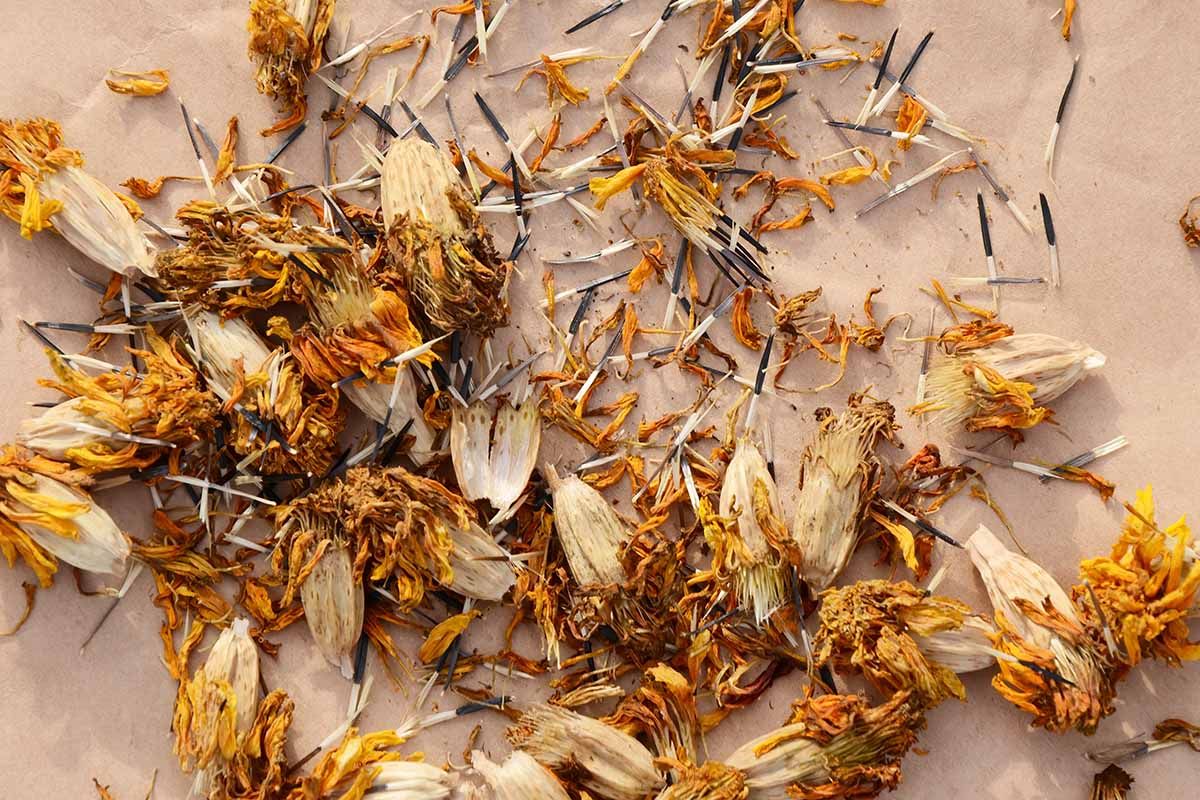
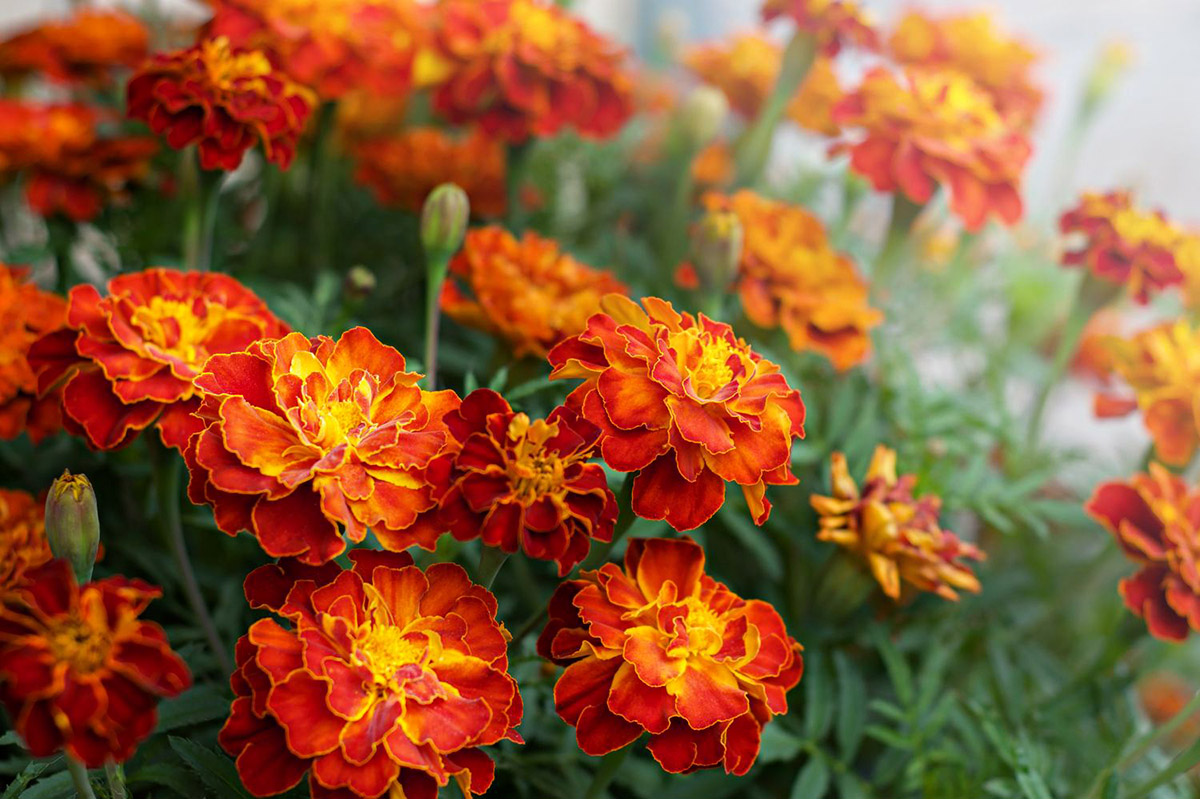
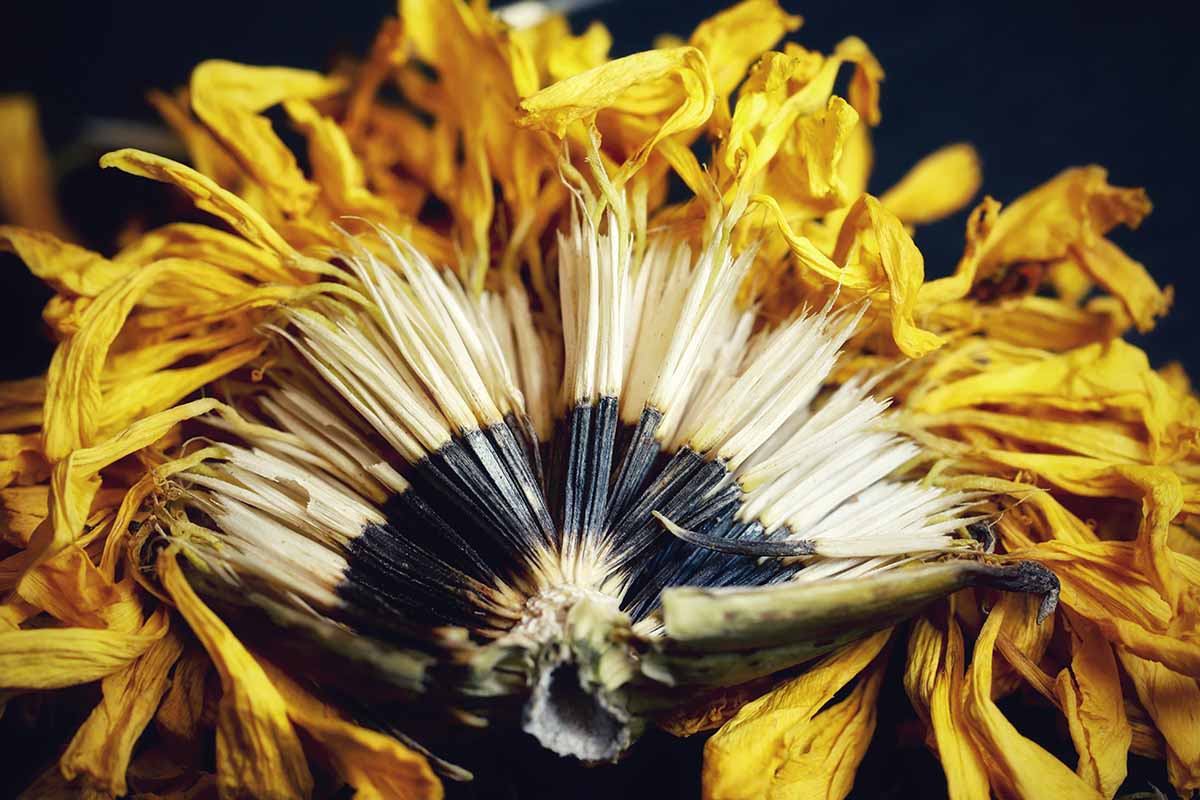

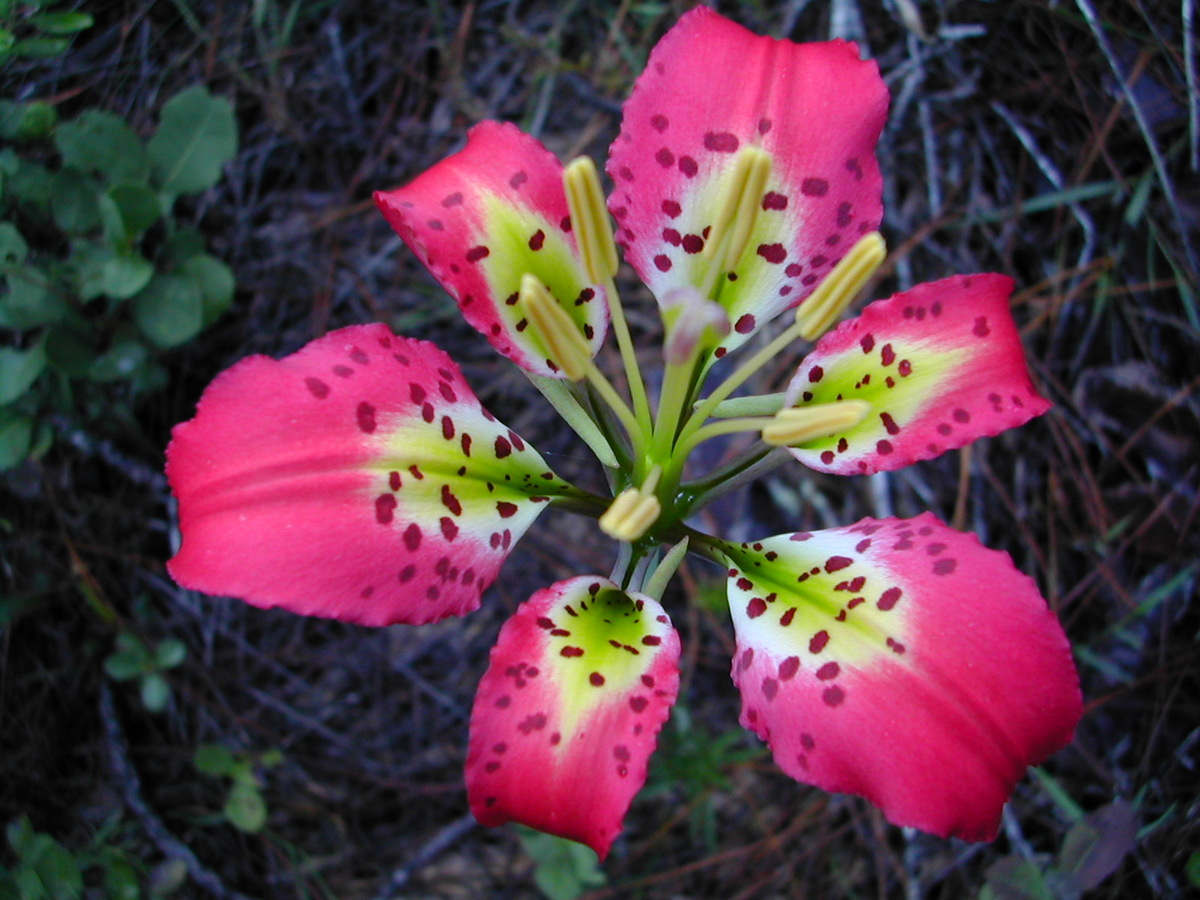
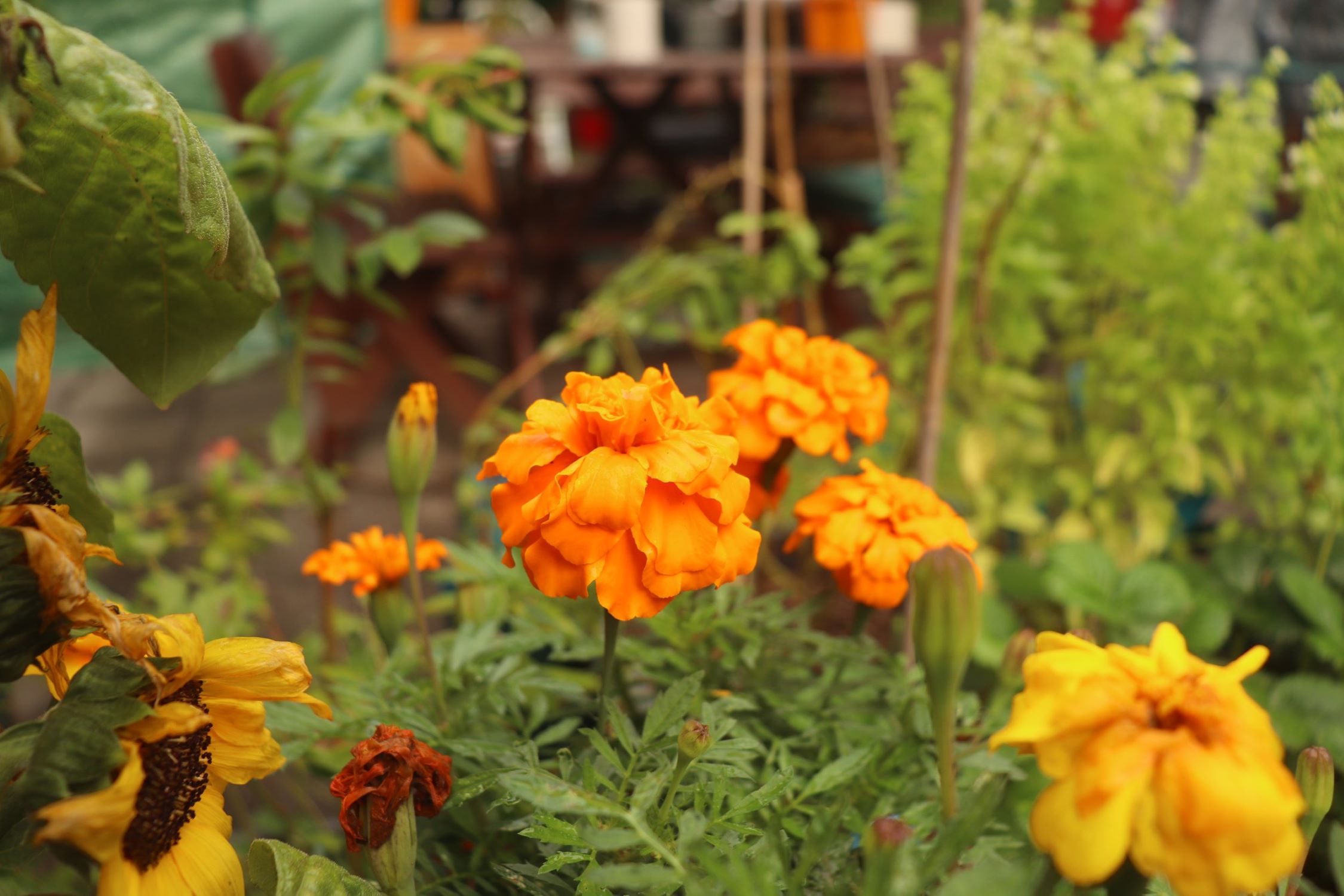
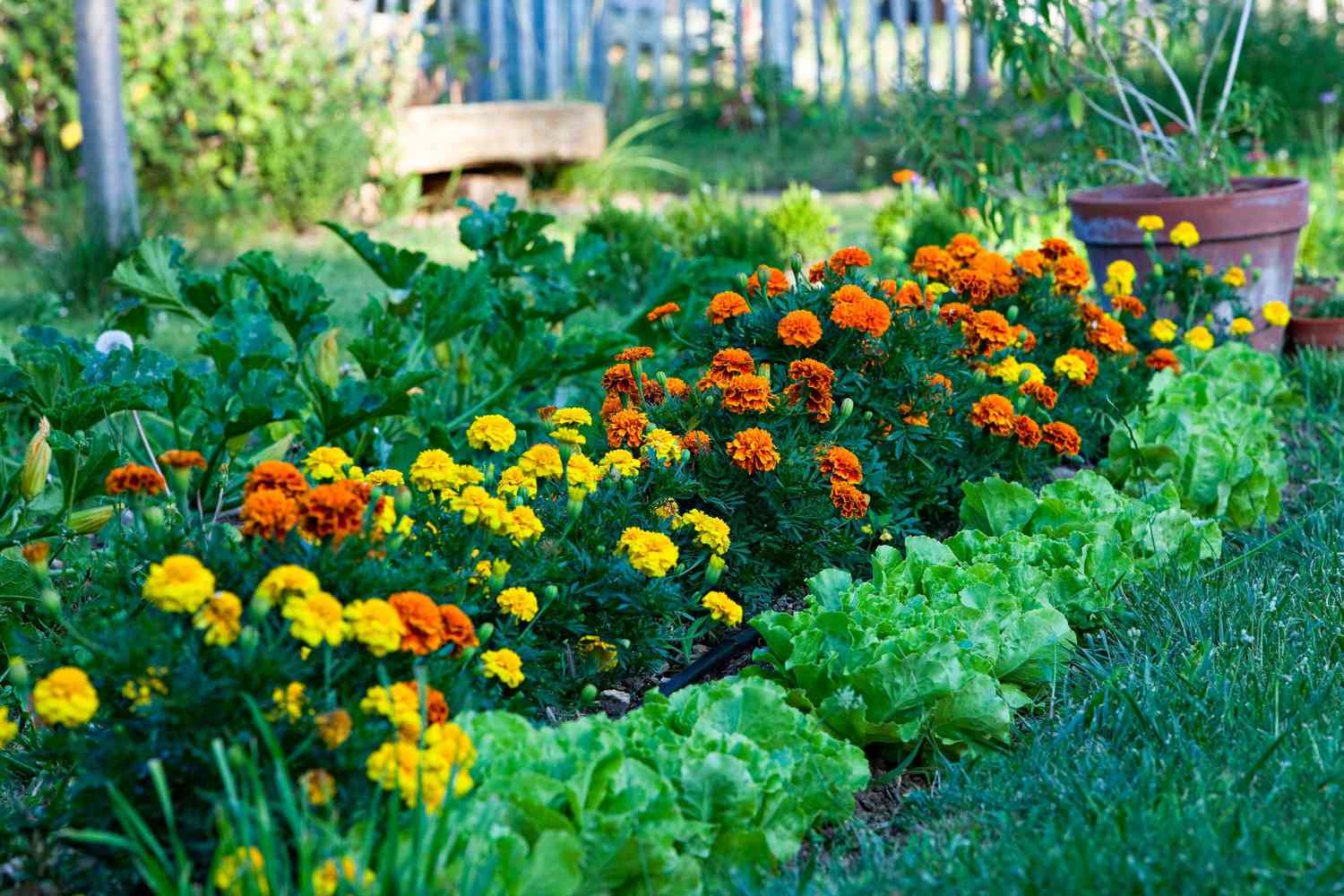
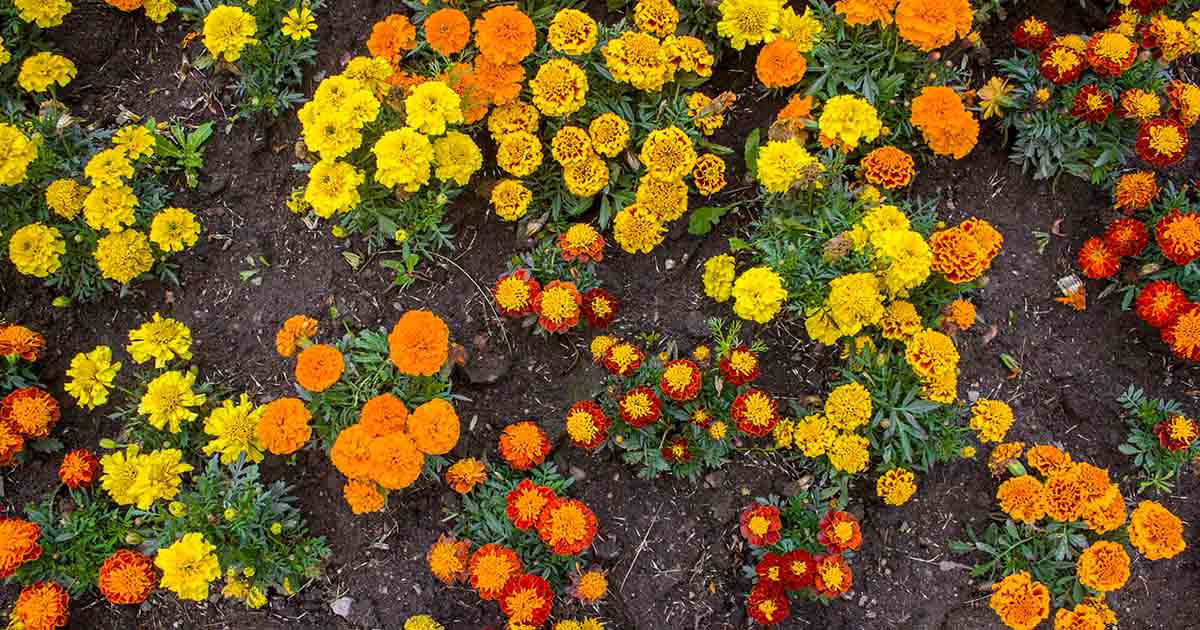


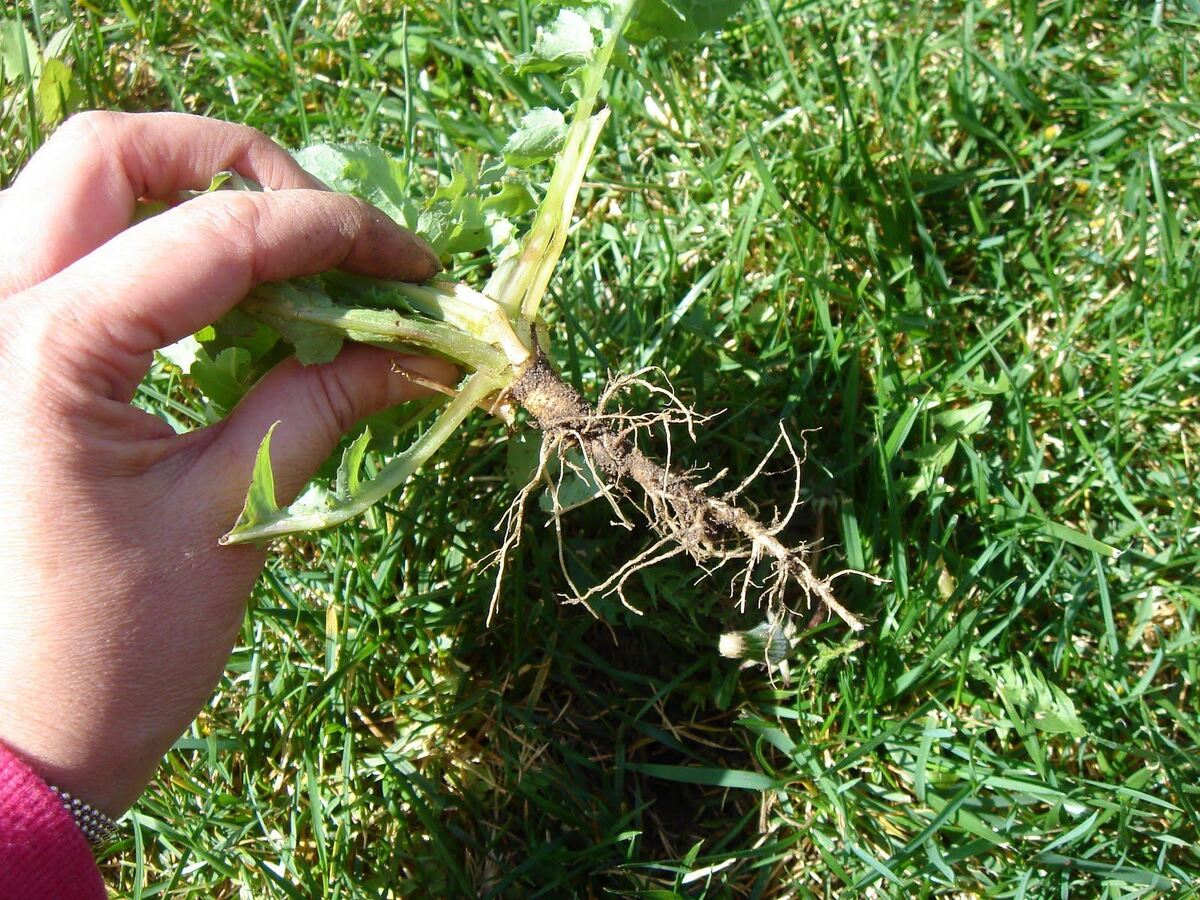
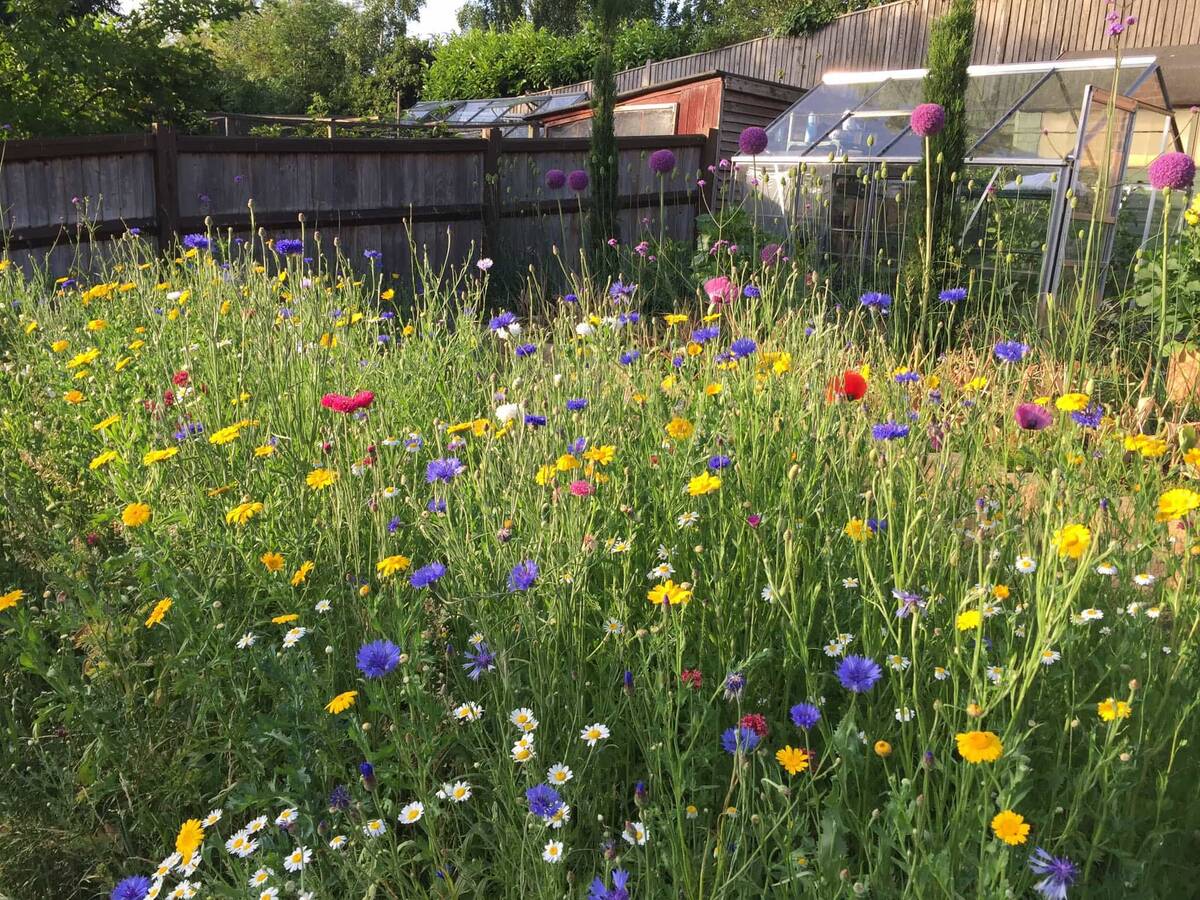

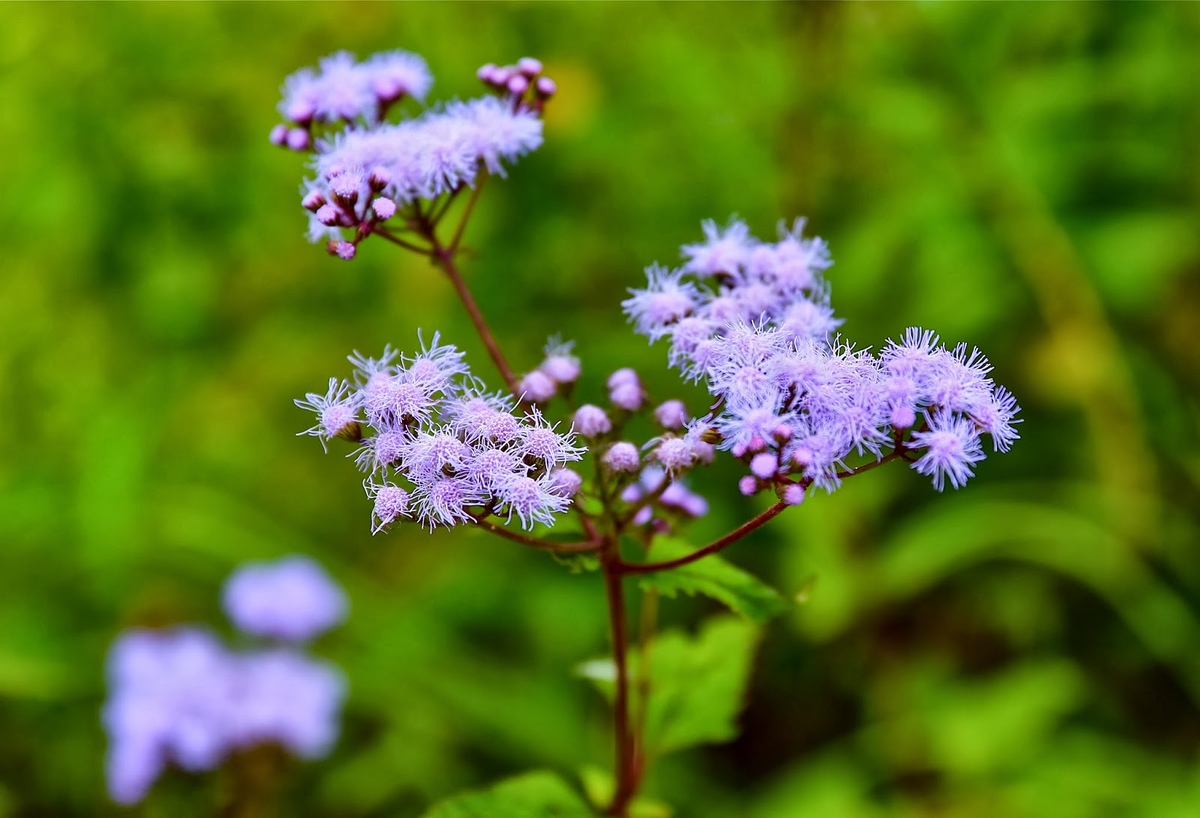

0 thoughts on “How To Propogate Marsh Marigold Wildflower”